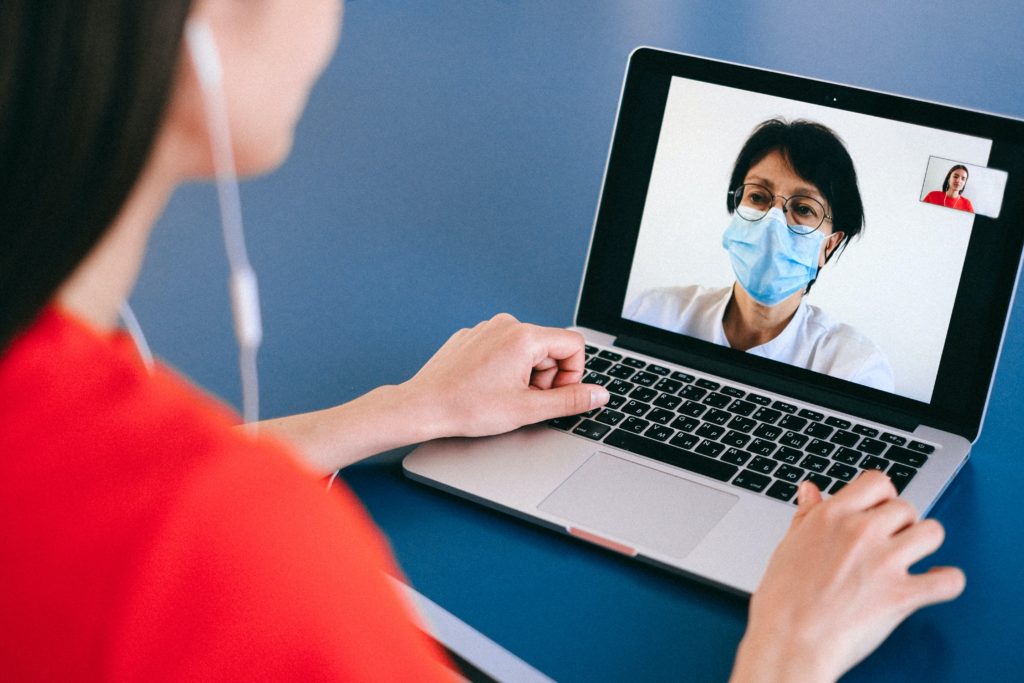The pace of what’s referred to as “digital adoption” – the embrace of online tools – has accelerated dramatically during the pandemic. According to research by McKinsey, consumers are driving digital adoption across their daily lives, from the way we shop and order food to how we communicate with one another. (Zoom, anyone?)
One digital channel that has really taken off in the past year is telemedicine. While the tools behind telehealth have been around for some time, not until the current public health emergency have we really seen a massive spike in adoption levels. One recent global study predicts that telehealth will grow worldwide at a rate of 37%, becoming close to a $200 billion industry over the next four years.

One of the pioneers of telemedicine in Virginia is Dr. Karen S. Rheuban, a pediatric cardiologist at the University of Virginia Health System. She helped to establish its telemedicine program more than 25 years ago, and she and her colleagues have made telehealth an increasingly integral part of their practice since then.
“We have always seen telemedicine as a mechanism by which our patients could have access to us when we were not there physically,” she says. “Today, we provide services in more than 66 different sub-specialties of healthcare via telemedicine, and that has only increased following the public health emergency.”
As part of her advocacy work, Dr. Rheuban has been working with state and federal policymakers to expand the availability of broadband, not only within healthcare facilities such as rural hospitals and clinics but, importantly, to patients’ homes.
“With the right technology, we can provide a significant amount of care virtually, including remote patient monitoring,” says Rheuban. “Advances in remote examination tools also enable us, in many clinical conditions, to comport to the standard of in-person care. Those tools even include Bluetooth enabled electronic blood pressure cuffs, scales, thermometers, oximeters, blood glucose monitors, stethoscopes, oral cameras and otoscopes.”

Dr. Rheuban emphasizes that telemedicine is not a panacea for all conditions, that there are many circumstances when a patient must be seen in person, including, of course, for surgical procedures and for imaging and laboratory testing. The benefits include avoidance of unnecessary travel, and fewer missed appointments. She estimates that since the advent of telehealth services at UVA, they have saved patients more than 21 million miles of driving to access care.
Given the surge in telehealth’s popularity and its benefits to patients and practitioners alike, lawmakers are helping programs such as Medicaid provide for more widespread reimbursement of services, as we reported earlier. And as Dr. Rheuban notes, the payer community also recognizes the benefits of telehealth and is generally supportive of paying for services delivered via telemedicine platforms.
“While early on we faced challenges, the payer community has come on board. They also recognize that telemedicine can lower costs, improve outcomes and is very patient-centric. Telemedicine is good for patients.”

